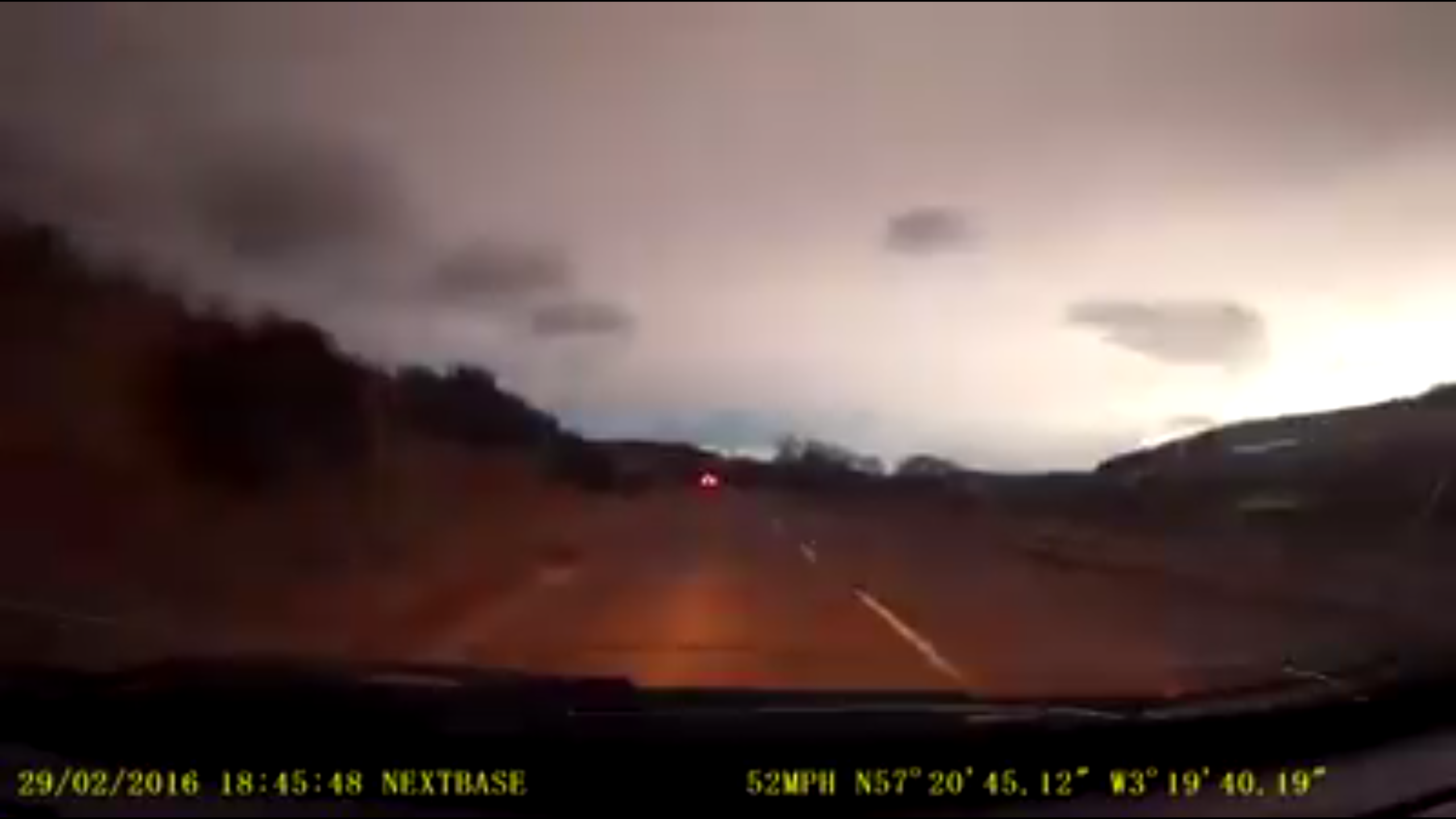The hunt is on for the remains of a meteorite which burst into the atmosphere and lit up the night skies over the north of Scotland.
People as far north as Inverness and as far south as the Angus area reported seeing the “bright white flash”.
And now astronomers have confirmed it was a “fireball or bolide” which would have been travelling at anything between 25,000mph-160,000mph.
Our exclusive map details where reports of falling fragments were made – Lhanbryde, Alford and Forfar – where flashes in the sky were also reported.
It also details where the main sightings were in the Muir of Ord, Forres, Keith, Buckie and Laurencekirk areas.
It also pinpoints where the meteor was seen exploding – over Glenlivet.
Shortly after the flash was seen, people took to social media with speculation over what had caused it.
Astronomers said afterwards it was likely to have been a meteorite.
And Martin Gough, treasurer of the British and Irish Meteorite Society, said the remains could be “pea-sized”.
He added: “The event witnessed over Scotland was a fireball or bolide.
“The meteoroid pre-atmospheric entry would have been travelling at a speed of between 25,000mph and 160,000 mph and is slowed down by our atmosphere, giving the light phenomenon of the fireball witnessed by many local people.
“This process occurs as the air around the meteoroid is compressed and super-heats it enough to melt the outer surface, which is then sloughed away in a process called ablation.
“Ablation means that meteoroids can lose up to all of their mass during entry.
“Some lose all their mass, burn up completely in the atmosphere and don’t make it to the ground.
“Others start football-sized – and end up pea-sized.”
He added: “I’m hoping that reports of strange looking rocks being found start coming in.”

